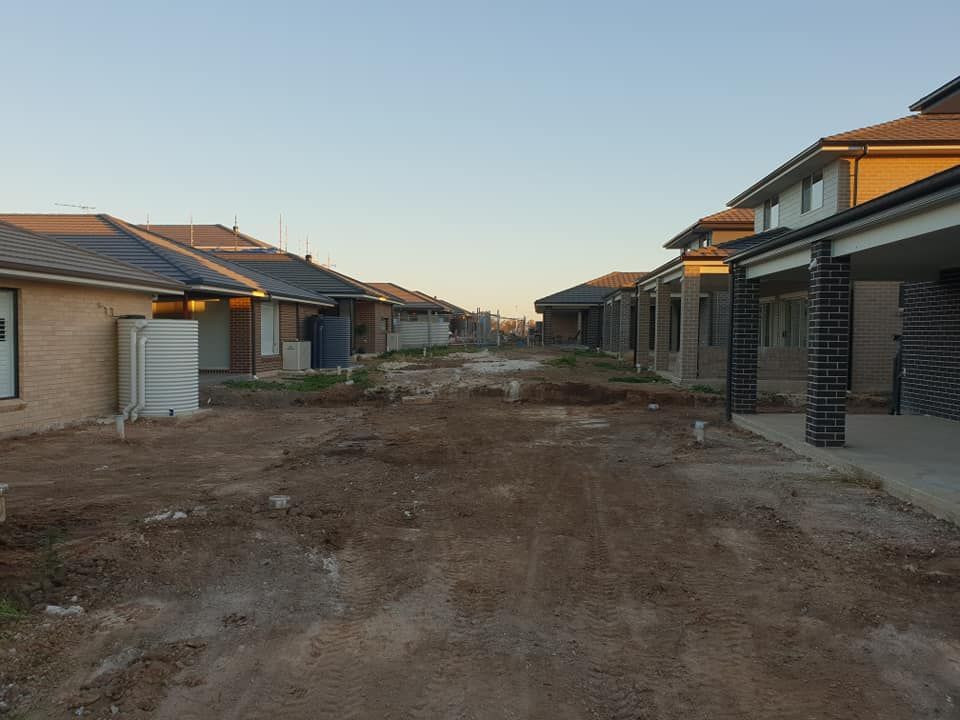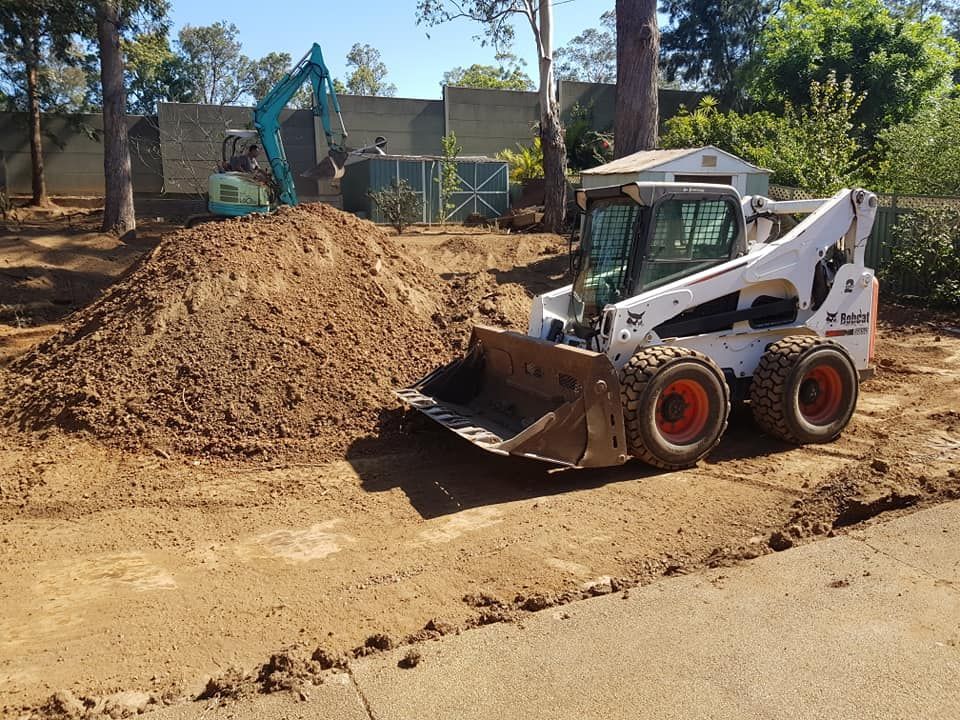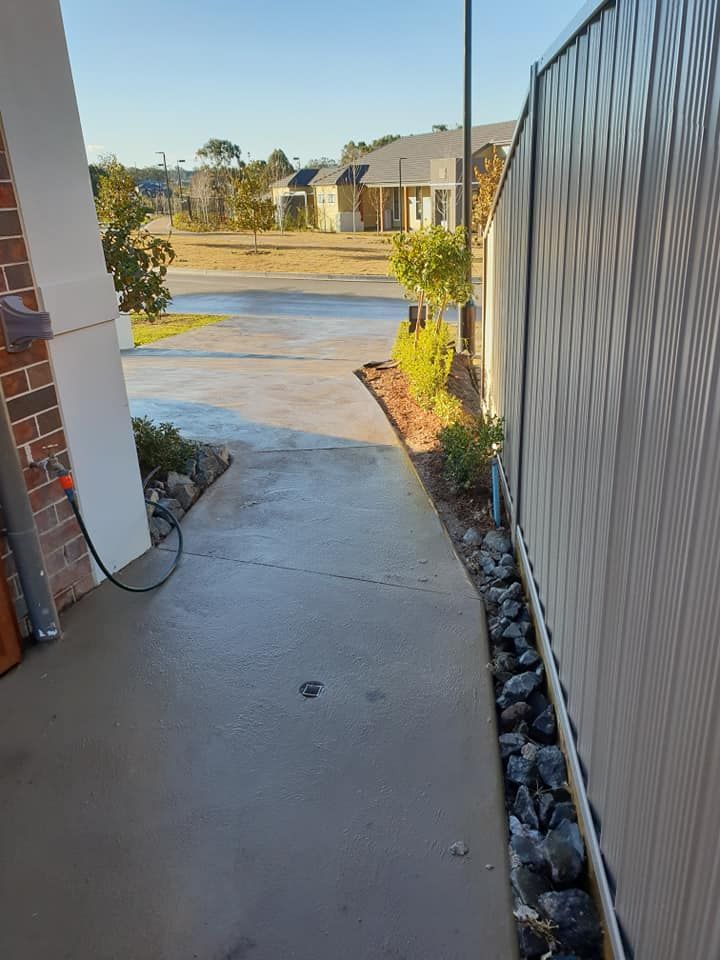What is cut and fill?
What is cut and fill?
29-07-2020
Cutting and filling is the process or moving earth from one place to another to make the ground more level. A ‘cut’ is made when the earth is removed from above the desired ground level and a ‘fill’ is when the earth is used to fill an empty part up to the required ground level. Cutting and filling is a common technique used to build an even ground surface. This process of moving earth holds a certain risk, particularly when the land being filled is going to be used for an infrastructure foundation. Whenever the land is moved the natural compaction is disturbed, and soil in this state is often described as ‘fluffed’ or ‘aerated’. For the earth to be safe enough for a construction projects to begin, it needs to be compacted to avoid settling.
The equipment required for cutting and filling
Special earthmoving equipment like skid-steer loaders or bulldozers are used for cutting and filling of the earth. Depending on the size and shape of your construction site, either a drum roll style compactor or a plate compactor may be used.
The average cost of cutting and filling
Some builders might say that putting a concrete slab on a cut and fill site is cheap, but it might cost you extra to solve the drainage problems that occur after the builder has left. Setting up drainage after completion of the infrastructure is very expensive. Excavation and earthmoving services cost around $90/hr. This can still vary depending on things like the size of the area to be excavated and the difficulty of access. In general, excavation and earthmoving might cost you somewhere around $80/hr to $100+/hr.
The disadvantages of cutting and filling
The cutting and filling of land does have certain disadvantages. For example, flattening land can increase the amount of sound that's carried across a property or affect natural windbreaks.
Alternatives to cutting and filling
Years back when houses were built on a slight slope, they were built on top of the land with small piers at one end of the block. This often gives an extra and useful area under the house to use for tools or storage. Normally these buildings have a wooden floor or a raised concrete floor. Some people brick around the fence of the house, fill it with sand and put a concrete floor on top of that. We recommend you discuss this process with your builder and then make a decision that best suits your infrastructure.
Contact Cav Civil
To discuss your next cut and fill project, reach out to the team at Cav Civil. We assist all project across Sydney. Get in touch with our team today by giving us a call or filling out our online form.
Opening Hours:
Open 24 hours a day 7 days a week for all your civil construction needs.



